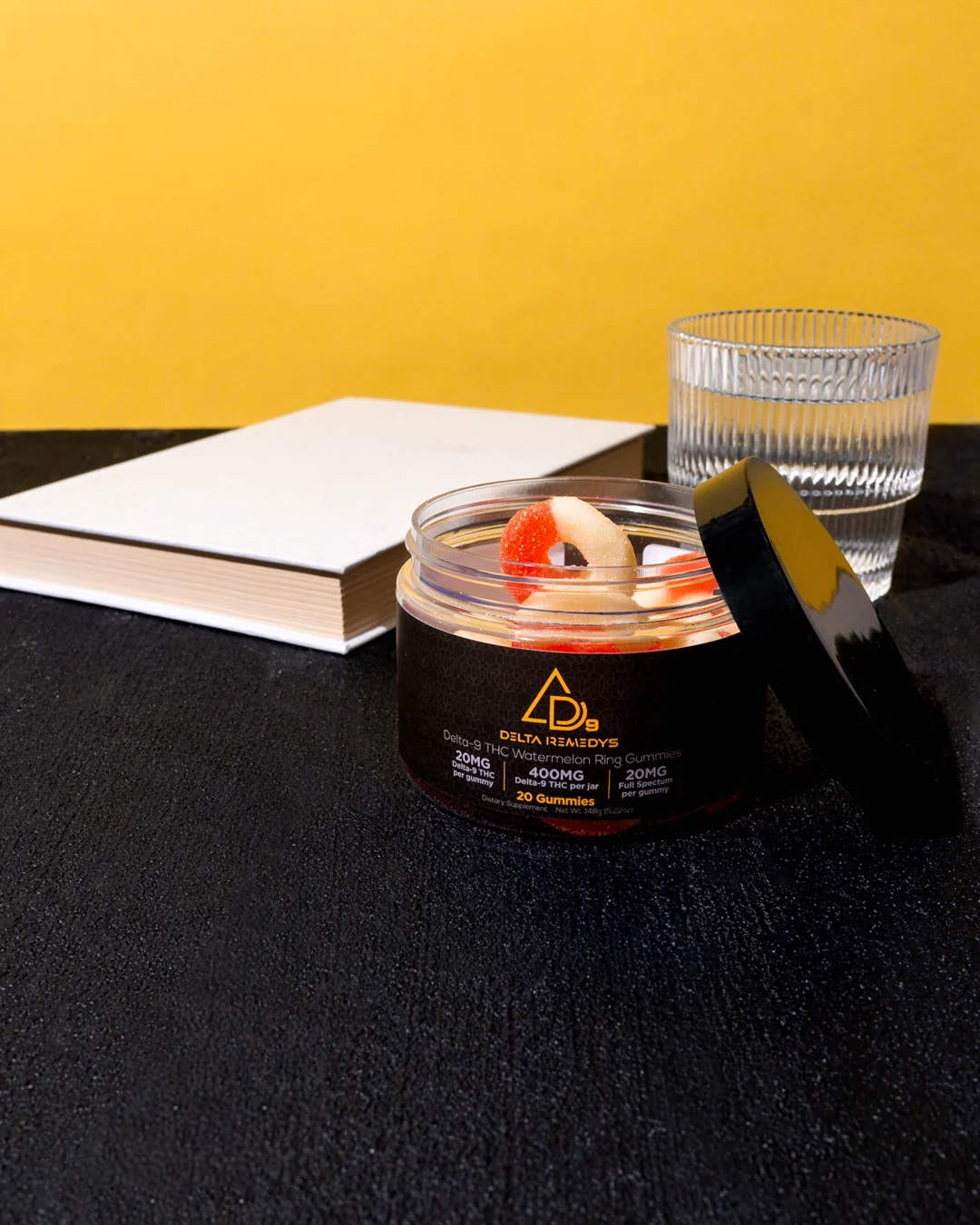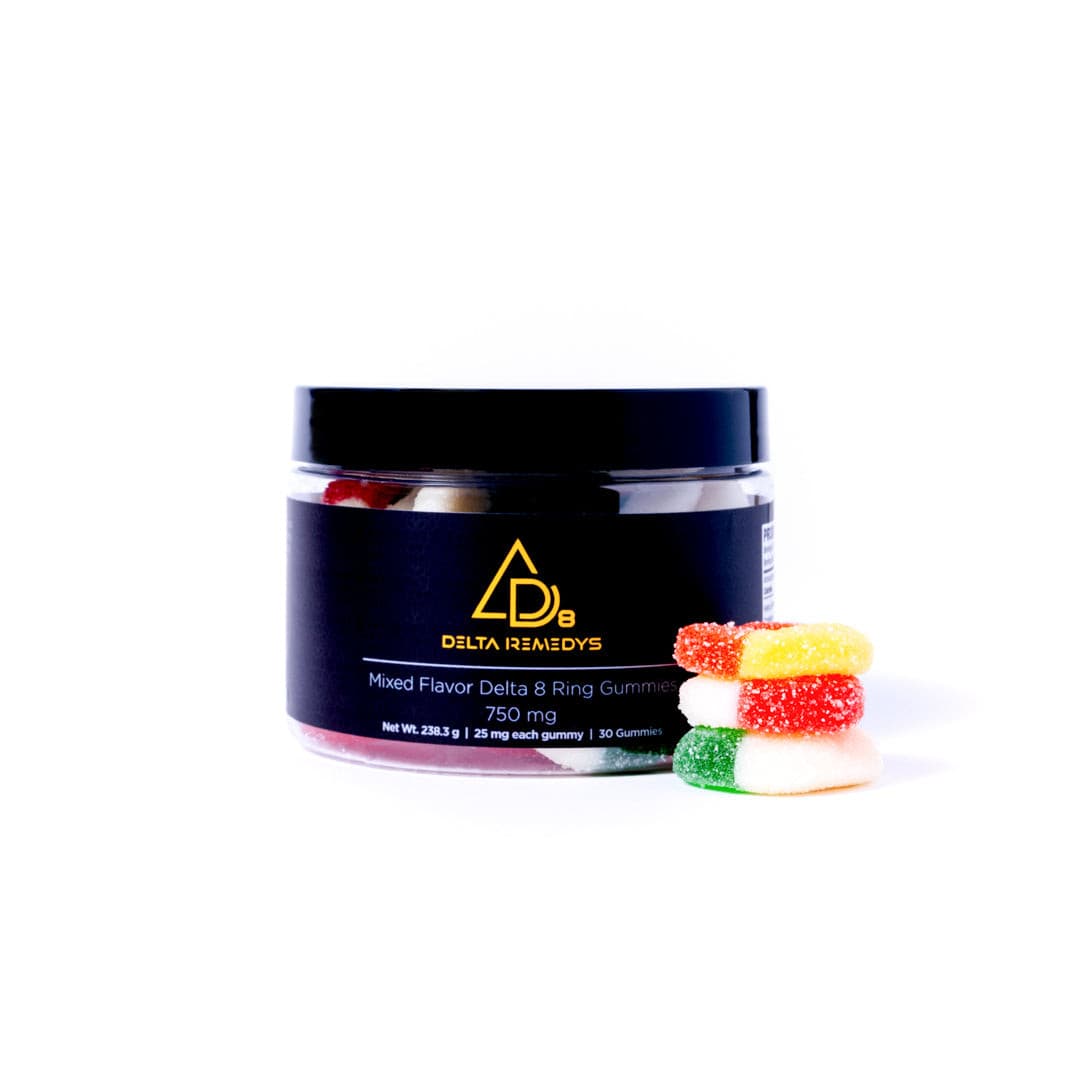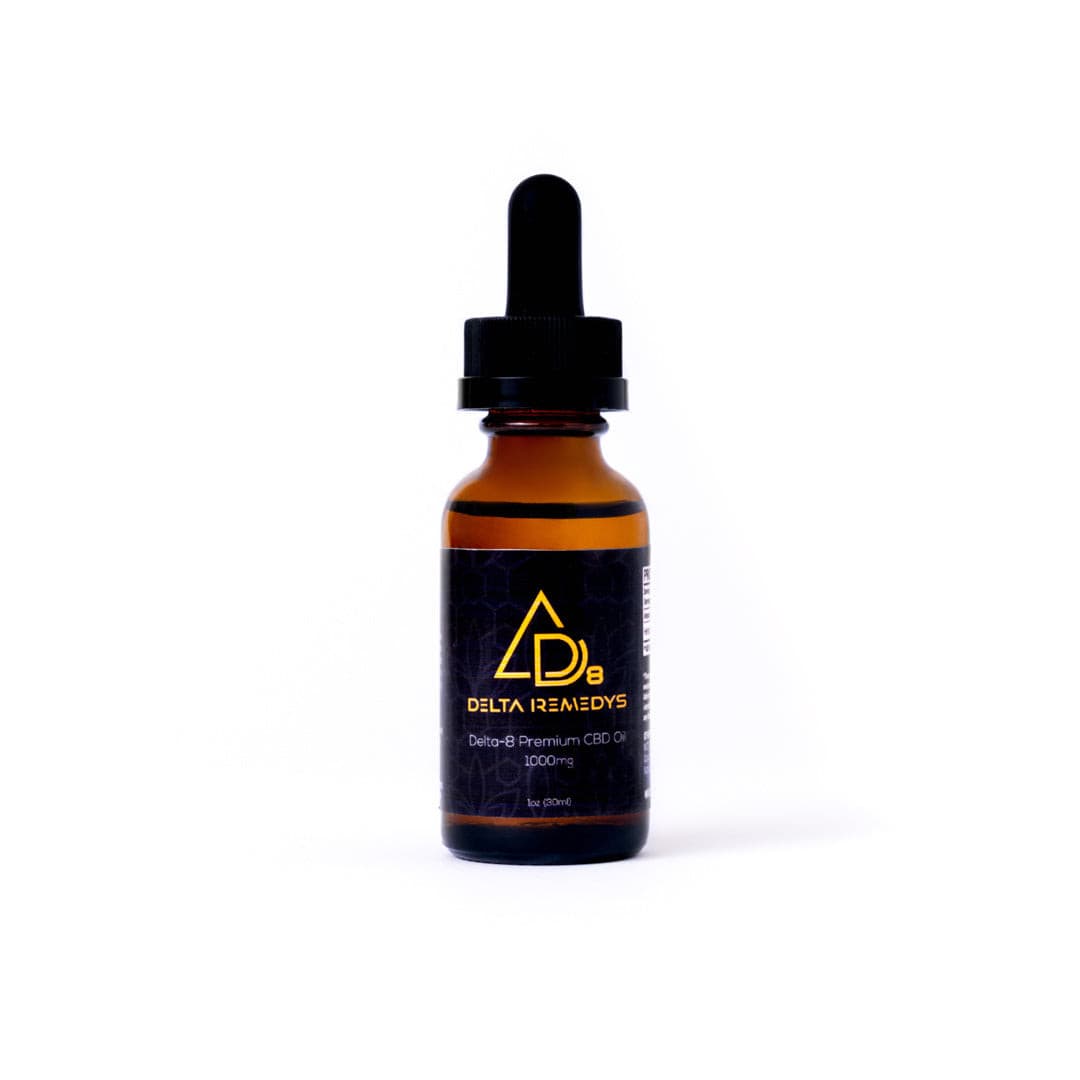Cannabis products are becoming increasingly popular among people who suffer from arthritis and other forms of chronic pain. This is because cannabis in patients provides respite from a variety of medical symptoms, including pain, fatigue, insomnia, and anxiety.
More than half of individuals with chronic neuropathic pain, in a recent survey, reported using cannabis or CBD for medical purposes without any unwanted side effects. It is far better than smoking cannabis according to many investigation of cannabis subjective effects.
Despite the fact that subjective effects of cannabis plants are complicated and that various strains have slightly different chemical profiles, nearly all of them contain at least one of two compounds with significant medical value. These are tetrahydrocannabinol (THC) and cannabidiol (CBD).
THC is the psychoactive component of marijuana and is responsible for its “high” as per human studies. THC may also play a part in neuropathic pain relief and other medical conditions, unlike marijuana extracts. CBD does not typically induce intoxication, but there is some evidence from scientific studies and investigation of cannabis that it may help reduce the neuropathic pain and inflammation of arthritis.
There is evidence that these two substances can reduce pain, though in distinct ways. Depending on whether you’re looking for THC relief, CBD relief, or both, the edibles you choose could make a difference.
Read on to learn how THC edibles work when it comes to relieving pain along with some other medical conditions.
THC Edibles: What’s Inside?
There is an established ratio of THC to CBD in any cannabis edible, whether it’s a gummy, treat or cookie. THC is the substance in hemp that causes its psychoactive effects, such as the inebriating high in cannabis-infused foods.
On the contrary, cannabidiol (CBD) does not produce intoxication according to an animal study and many human studies. To some extent, it could even mitigate THC’s acute effects due to some active compounds in cannabis-infused foods.
Cannabis edibles are available with either a high concentration of THC marijuana extracts, a high concentration of CBD, or a combination of the two. Edibles can only contain 10 milligrams of THC per packet, as stated by Health Canada human studies.
It is recommended that first-time medical cannabis users begin with the lowest effective dose of a CBD-dominant product or any marijuana extract. Later on, they should work their way up to higher doses as required to address their symptoms to avoid any adverse health effects. This case is slightly different from taking dietary supplements for a certain medical issue and additive benefit on pain reduction.
The effects of cannabis use edibles can be stronger than those of other forms of cannabis. They may cause more pronounced adverse effects if taken in high doses. So, it’s essential to use caution and take only small quantities with lower doses of THC.
The maximum quantity of THC in medical marijuana edibles is 10 mg. But even this small amount can have unintended consequences for first-time users. It’s wise to ease into things gradually to avoid cannabis use disorders like dry mouth, low deep sleep quality, or rapid heartbeats. It will give you better additive benefit on pain reduction.
=== split content ===
How THC Edibles Function
It may take up to two hours before the effects of a cannabis-infused meal are felt, and even longer for the full impact to take hold. This means you’ll have to wait longer to determine whether or not the edible is having an effect along with additive benefit on pain reduction. According to a systematic review and meta-analysis by various scientists, CBD and THC both have analgesic effects, unlike dietary supplements.
CBD has anti-inflammatory, anti-anxiety, and sleep-inducing properties as per the observational study charts. Nausea and loss of appetite are two more symptoms that THC in moderate doses can alleviate like other medical marijuana products.
Take caution with edibles containing higher concentrations of THC or other cannabis-derived compounds on your first attempt. Some people may overdo it with edible forms of CBD and THC because they mistakenly believe the first dose wasn’t effective to cause a night of deep sleep. This is usually because of how slowly the substances reach the system.
It may take up to two hours to experience the edible cannabis products effects, so be patient and only consume a small amount at a time. Otherwise, you will be another part of adverse event reports.
Does CBD Really Help with Pain?
Not all pain is the same, and not all CBD edibles are the same. But still, this is the single most essential consideration when thinking about CBD and pain. Although there is no silver bullet for pain and deep sleep, certain kinds of discomfort may respond positively to cannabis-derived compounds or cannabidiol (CBD)-based products.
CBD’s anti-inflammatory properties are molecular treatment options, much like those of nonsteroidal anti-inflammatory drugs. They usually do not show any adverse event reports. While preliminary evidence suggests that cannabis-derived compounds may be useful for the treatment of seizures associated inflammation in humans, more research in this area is required.
A significant number of people who took part in a national survey (systematic review) of patients who suffer from chronic pain along with various forms of epilepsy indicated that cannabis-derived compounds helped them greatly. The usual cases were fibromyalgia or pain all over the body without any adverse event reports.
Although, results from randomized controlled studies of cannabis-derived compounds are mixed with some adverse event reports. Evidence from some research and a systematic review also suggests that cannabidiol (CBD) or other cannabis-derived compounds may not be effective in the treatment of seizures associated with muscle spasms and a few forms of epilepsy.
Others have demonstrated the effectiveness of synthetic cannabinoids in treating TMJ pain in a systematic review. TMJ refers to the discomfort felt in and around the area where the jaw meets the skull. Moreover, other studies have shown that cannabis extract in edible cannabis products may reduce pain merely because people anticipate it will. This is usually called a placebo effect according to the Journal of Cannabis Therapeutics.
A large body of research without any adverse event reports points to THC as synthetic cannabinoids’ main pain-relieving component. Research on animal brains and in the lab confirms this theory on a molecular level.
Why bother to eat when you can just puff the pain away?
What use would edible cannabis products or cannabis-based medicines serve for someone who has no problem tolerating CBD in the form of smoke or vaping?
Well, it’s hard to see how that would yield any positive results without any kind of cannabis intoxication. In terms of their effects on the body, the two consumption techniques are quite dissimilar.
The beneficial effects of cannabis or cannabis-based medicines are felt quickly after smoking or vaping it. A quicker start, however, also means a more rapid decline. In general, smoking and vaping have a reduced half-life, which means that users need to take their medication more frequently throughout the day.
More often doesn’t seem like the best option according to the Journal of Cannabis Therapeutics. Also, it’s obviously not the healthiest choice, given that doing so involves inhaling smoke.
Consuming edible cannabis products, with high-potency cannabis Sativa extract, is a better option than smoking them because it’s less harmful to your lungs and it won’t make you smell like smoke pot. The effective time period of medicinal cannabis edibles within the body is also considerably longer.
Pain is relieved for a longer period of time when having access to cannabis products because it takes the body longer to break down the different cannabinoids. The only drawback of having an easy access to cannabis edibles is that it may take 20 minutes to an hour for the pain alleviation to take effect.
THC vs. CBD
THC is very similar to the naturally occurring cannabinoid compounds that are found in the body. Cannabinoid receptors in the brain are activated when individuals take in THC edibles (with hemp seed oil) through their mouths or inhale the smoke through their noses.
This stimulates the reward system in the brain, which in turn decreases the amount of pain felt. Because it binds to cannabinoid receptors and causes an elevated state of consciousness, also known as a high, tetrahydrocannabinol is classified as a psychoactive compound under the law of legalization of cannabis.
Cannabidiol (CBD) in cannabis-based medicines does not cause intoxication but has analgesic and anti-inflammatory benefits by interacting with the brain’s pain receptors. However, CBD does not produce psychoactive effects.
The Research
In recent years, a significant number of studies revolving around medical marijuana laws have investigated the benefits of cannabis for the treatment of persistent pain. The studies are also done on people with cancer, HIV-positive marijuana smokers, etc.
Due to the fact that some studies used only certain sections of the plant (like only hemp seed oil or hemp flower) while others used the whole plant, there is a clear need for more research to verify the medical marijuana laws.
When only a portion of the cannabis plant is used, such as CBD oil, it is easier to study the particular actions of that component. However, when the entire plant is used, there is what is known as an entourage effect, in which the various components of the plant work together to produce a more potent effect as emergency medicine for people with cancer.
A 2015 study, along with several clinical studies, investigating the efficacy of using cannabis and cannabinoids to treat various types of chronic pain conditions had positive outcomes. According to the findings of the study, the use of cannabis or cannabinoids as a treatment for certain forms of persistent pain, such as neuropathy, may be beneficial as an internal medicine.
According to the findings of a study published in 2016, the use of cannabis to treat cancer pain as an internal medicine was associated with a reduction in opioid use of 64%, an improvement in quality of life, and fewer side effects produced by medication. In addition to that, it resulted in the participants taking fewer pharmaceuticals that do not fall under the medical marijuana laws.
There have been accounts of benefits for other types of chronic pain that come from studies that were conducted on a smaller scale. Take, for instance:
– Seventy per cent of the approximately 17,000 cancer patients who used cannabis at the National Cancer Institute reported an improvement in their level of discomfort and overall sense of well-being as a result of doing so.
– Following treatment with medication for certain health conditions in the United States, people who suffer from chronic migraines noticed a reduction in the frequency of their headaches.
There is, however, a continuing requirement for additional research into the field of using cannabis to treat chronic pain and other health conditions such as Lennox-Gastaut Syndrome Or Dravet Syndrome. Particularly in the application of a variety of strains, amounts, and methods of administration. to avoid adverse events
Research conducted in an Australian study, that was conducted and published in July 2018, came to the conclusion that the use of cannabis did not alleviate the signs and symptoms of pain or lessen the requirement to take narcotic medications. The findings, on the other hand, were predominately based on the accounts of individuals who used the drug for recreational purposes in various kinds of pain with sufficient caloric intake.
There is a possibility that the outcomes will vary when cannabis is used particularly for medicinal purposes.
Potential Downsides of Using THC Edibles for Pain
The use of cannabis-derived products (or edible products) does not completely without danger. The feeling of being too high is the most significant short-term danger associated with cannabis-derived products, and it can include symptoms such as:
- An irregular heartbeat
- A state of mind characterized by dread or anxiety
- Cognitive and motor skills that are impaired
- Seeing, hearing, or experiencing things that aren’t real
- Having irrational thoughts or feelings that you are not yourself
Additionally, cannabis edible products have the potential to be addictive. Using the effects of cannabinoids for effective pain management requires doing so in a responsible manner and pausing randomly at regular intervals.
Cannabis-based product use should be avoided by certain vulnerable communities to avoid adverse events, including the following:
- Teenagers
- Women who are either pregnant or breastfeeding
- People who have significant concerns regarding their emotional health
Top Pain-Relieving Strains
Locating the optimal ratio of plant chemicals for your particular brain, body, and way of life is the key to effective pain alleviation. When searching for the ideal cannabis-derived products, it is not the strain itself that is important, but rather the chemical composition.
The cannabis plant is a result of both its genetic makeup and its upbringing (nature and nurture). Both the plant’s genetic makeup and the conditions under which it was grown have subjective effects on the chemicals it ultimately generates in medicinal cannabis patients.
For instance, cannabis’s molecular output is significantly affected by the type and quantity of light it receives during cultivation, as per the medical cannabis laws. Therefore, plants with the same genetic code but grown in various environments will have vastly different chemical compositions for every medicinal cannabis patient.
Indica, Sativa, and mixed strains of cannabis for pain are the traditional three main types available to consumers when it comes to oral administration. However, current scientific knowledge has shown that neither of these terms nor the stated variety (strain name), are accurate indicators of a plant’s chemical makeup. Similar-sounding plant names don’t always indicate genetic or molecular similarity in the United States.
There are a few factors to keep in mind when selecting a cannabis strain for pain relief to avoid adverse events:
– Most people who use cannabis mouth spray to treat chronic pain look for strains that are rich in CBD or have a nice middle ground between THC and CBD.
– While THC is effective at relieving discomfort, using too much of it can have unfavorable consequences on your caloric intake.
– Use low-THC edibles if you’re new to cannabis or have a low tolerance.
– In the United States studies, CBD was found to mitigate some of THC’s unfavorable impacts according to some healthcare professionals.
– Even though terpenes (essential oils) and other cannabinoid compounds in cannabis show promise as kinds of pain relievers, a great deal of study is still required before consumers can make informed decisions with the help of their healthcare professionals based on terpene content.
The finest cannabis strain in the United States is the one that helps the patient the most without disturbing the caloric intake. Everybody suffers from something distinct and the average person doesn’t live the way you do.
Plus, everyone has a unique endocannabinoid system when it comes to cannabis-derived products. It might be instructive to sample a wide range of products and record your reactions in a health diary to prevent any big loss in patients via oral administration.
=== split content ===
How Much THC Content is Ideal for Chronic Pain?
There are contradictory reports on whether or not cannabis for pain can alleviate physical pain without any loss in patients. While some evidence suggests that cannabis does not mitigate discomfort, other evidence suggests otherwise.
There could be many causes for these variations in medicinal cannabis users. People’s individual brains cause them to react differently to various pains. Not everyone may experience the same benefits from cannabis for pain.
Even though cannabis oil may not be effective at decreasing pain intensity in medicinal cannabis users, numerous studies have shown that it can significantly enhance a person’s quality of life and ability to perform daily tasks.
Thus, cannabis oil may be useful for managing pain (i.e., making it bearable for medicinal cannabis users) rather than eliminating it. In cases where a person feels like they’ve regained their identity and agency after using cannabis topicals, this phenomenon has been called the “Restored Self” by academics for cannabis in patients.
There are a number of variables that can affect how much cannabis is needed to alleviate discomfort in medicinal cannabis users, including:
- The chemical makeup of your body
- The makeup of your DNA
- Lifestyle
- How frequently do you eat
- How frequently you use cannabis oil (your tolerance) and, more significantly, how you take cannabis into your body.
Use the “start low and go slow” principle, as recommended by cannabis professionals. Because of this, it is essential to ease into the use of cannabis oil by starting with a low dose or a product that contains very little THC, and then progressively increasing it over the course of several days or weeks. This will help prevent negative side effects in medicinal cannabis users.
Once you’ve settled on a routine with cannabis topicals, taking frequent breaks of 2 days or more is essential to preserving your body’s receptivity to cannabis’ therapeutic benefits, as per the medical cannabis laws.
It’s essential to recognize the potential for medicinal cannabis patients to become addicted and practice self-control when using any edible, cannabis topicals or vapes for smoking cannabis.
Conclusion
It is ultimately up to the individual customer to decide how they will use a product or service. A well-informed consumer can make an informed choice between smoking cannabis or vaping, applying cannabis topicals, and consuming an edible. When it comes to long-term pain alleviation, edibles are universally favored cannabis in patients.
Although there are potential dangers and adverse effects related to using cannabis for pain alleviation, there is also the possibility that doing so could be beneficial and risk-free as per the medical cannabis laws. To lessen the potential for adverse effects as per the investigation of cannabis, it’s best to ease into THC use with modest doses at first and to take frequent breaks to avoid subjective effects.
It’s possible that you’ll need to do some experimenting and investigation of cannabis in order to determine which products and dosage schedules will provide the greatest amount of comfort with the fewest undesirable side effects, unlike smoking cannabis. While cannabis-infused foods have shown promising results for many, it may not be the case for everyone.





